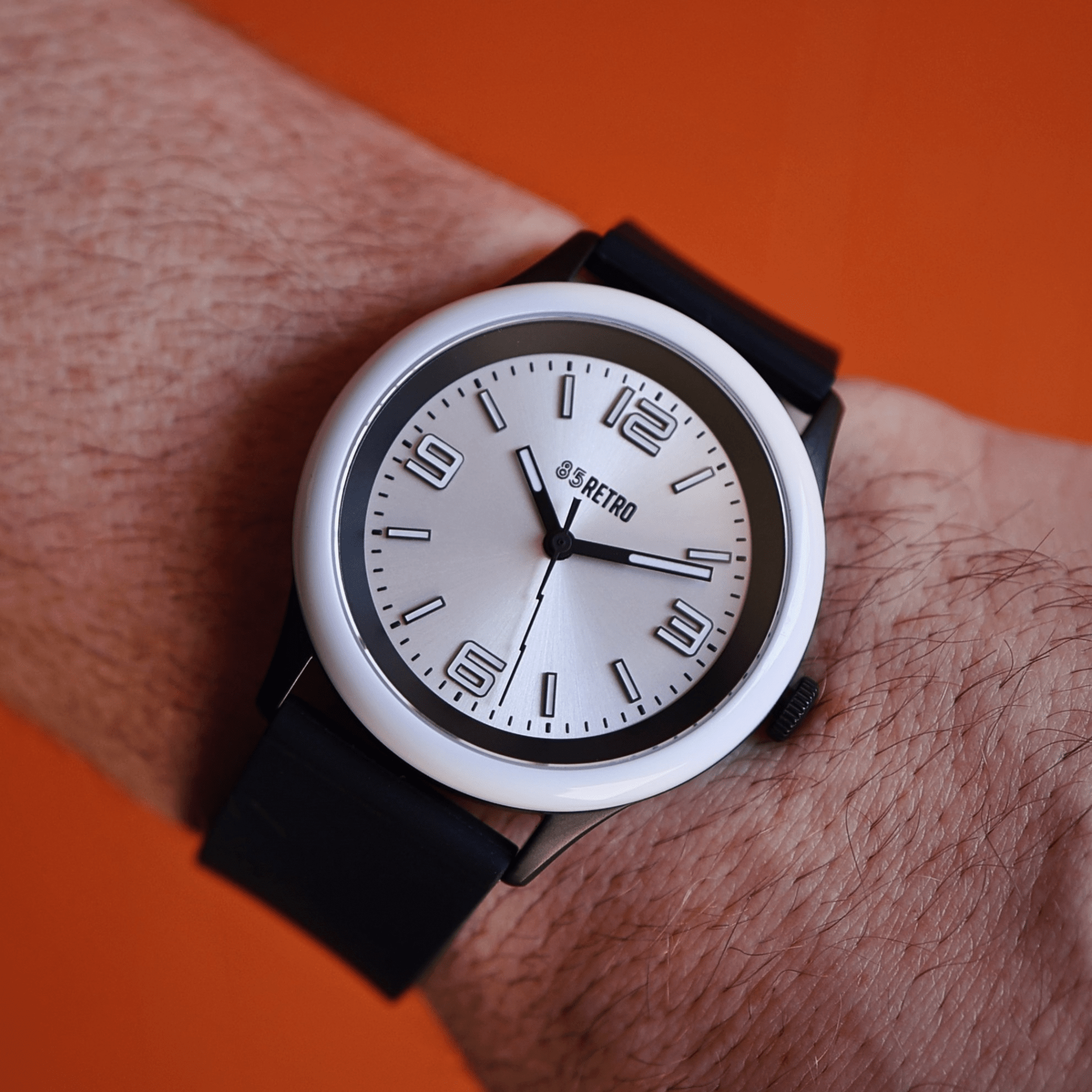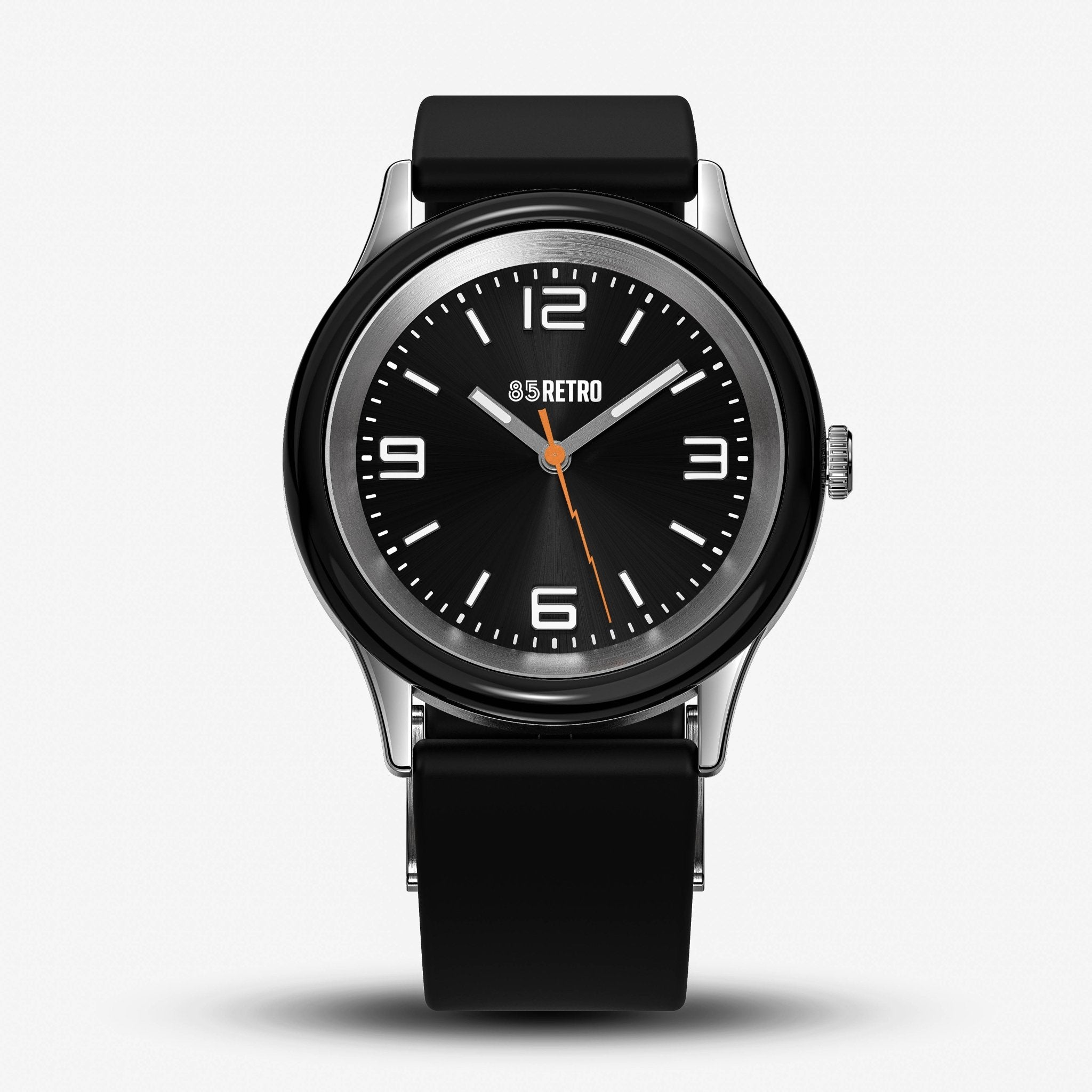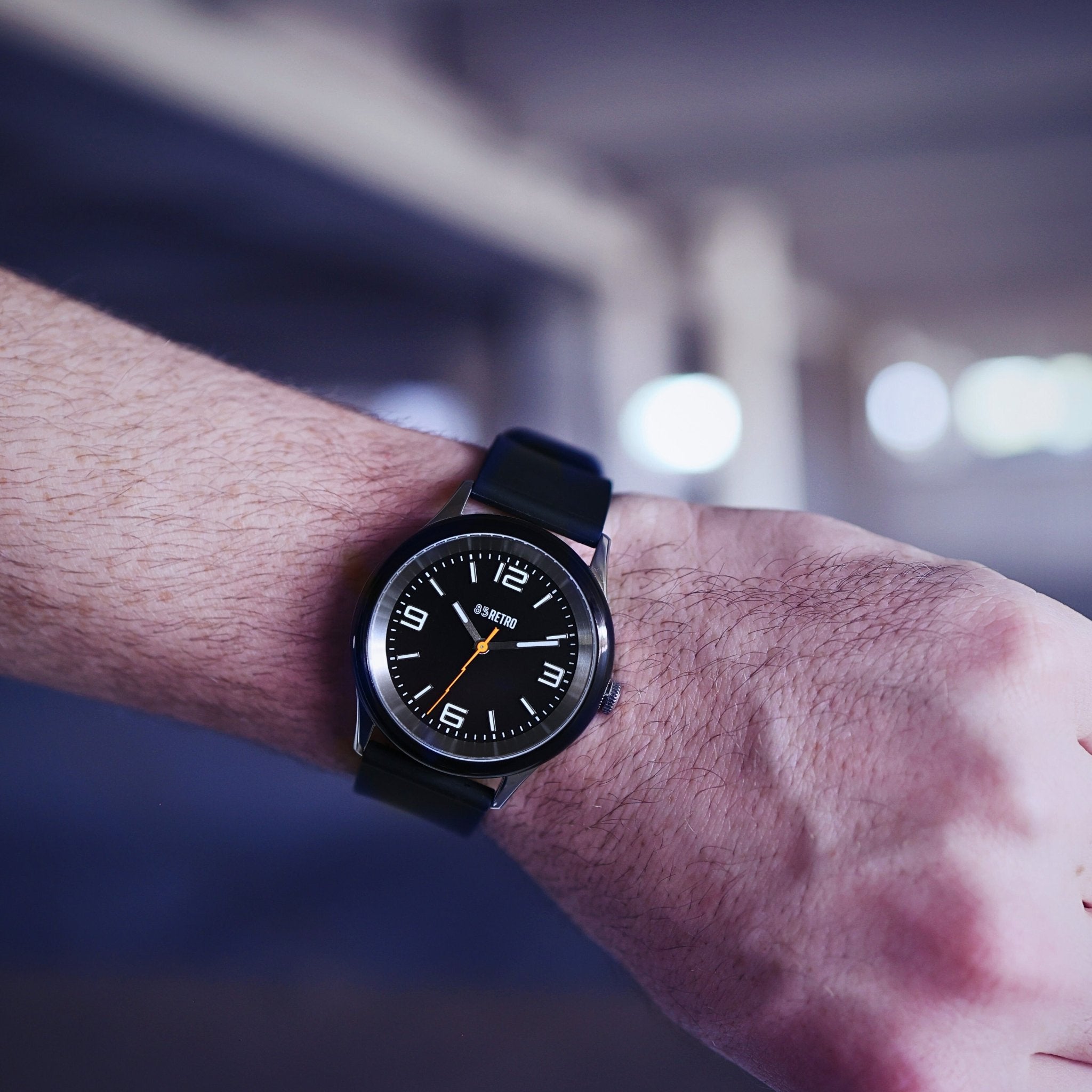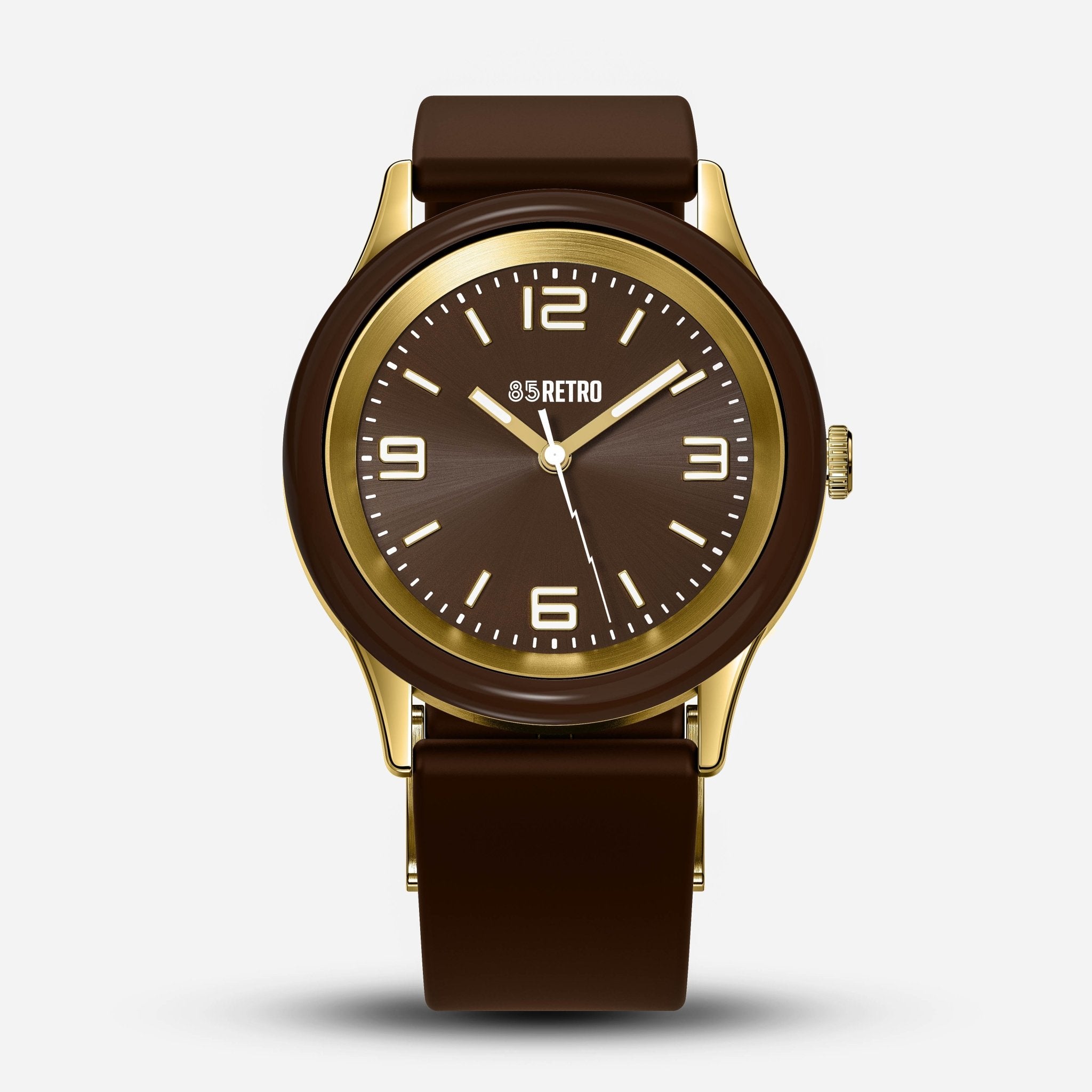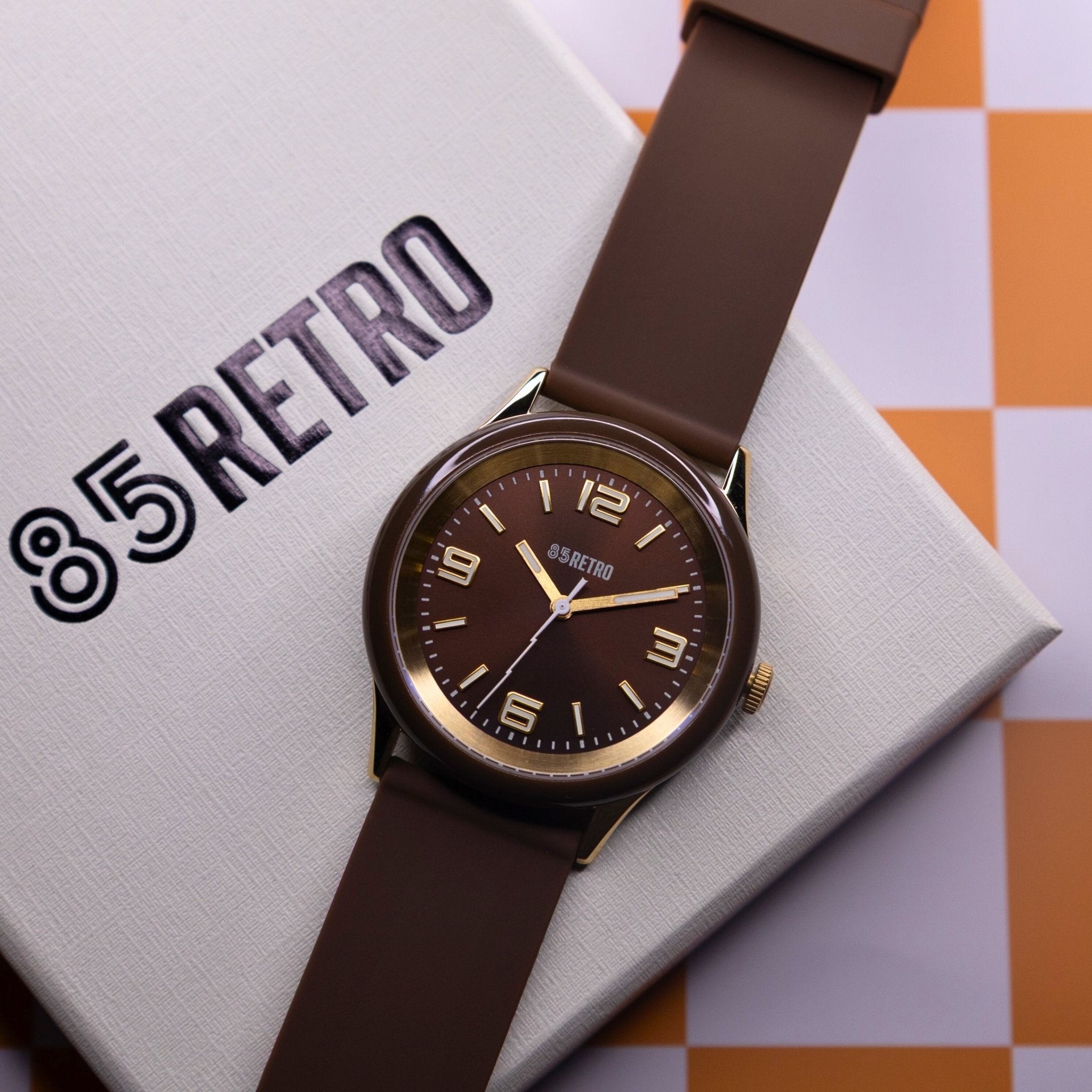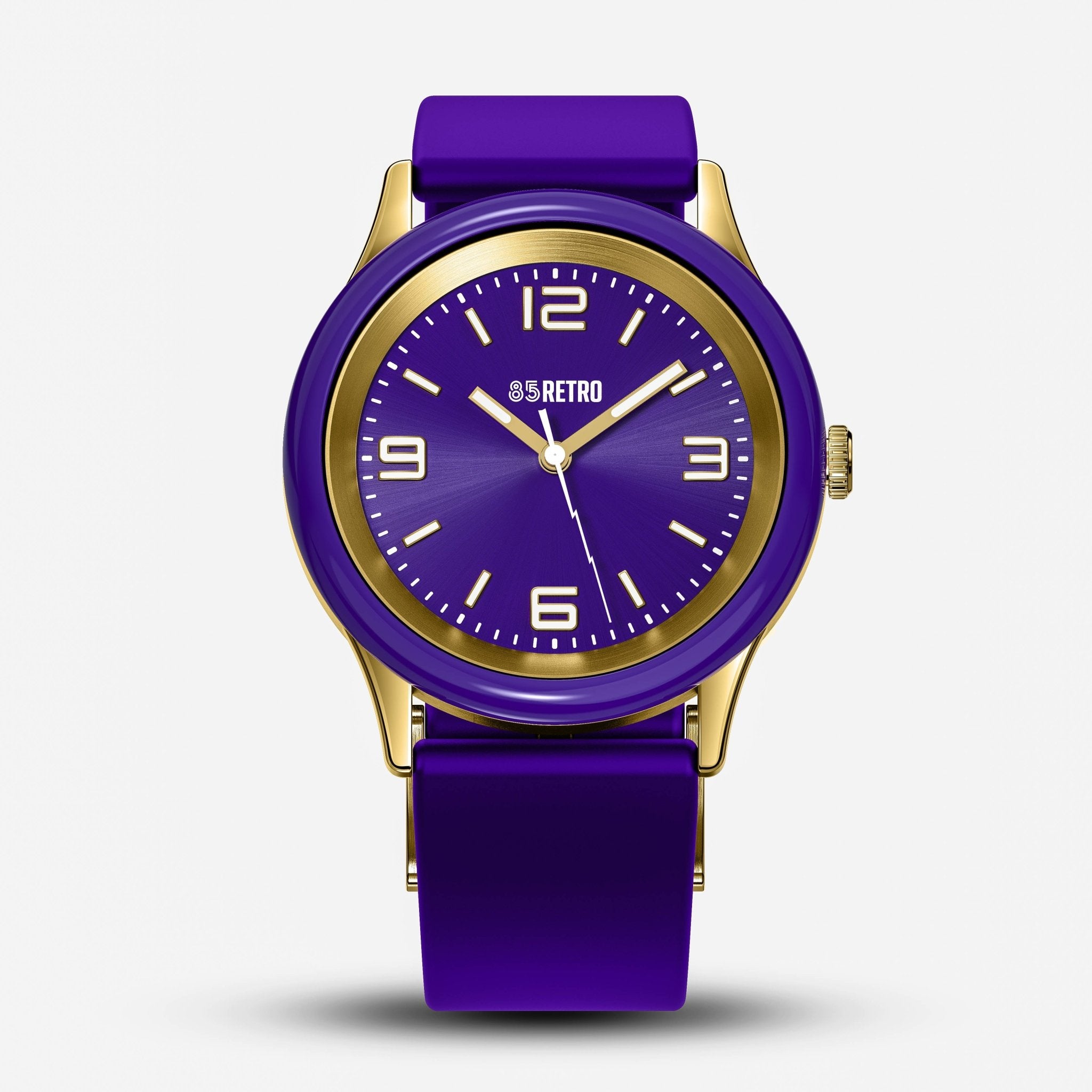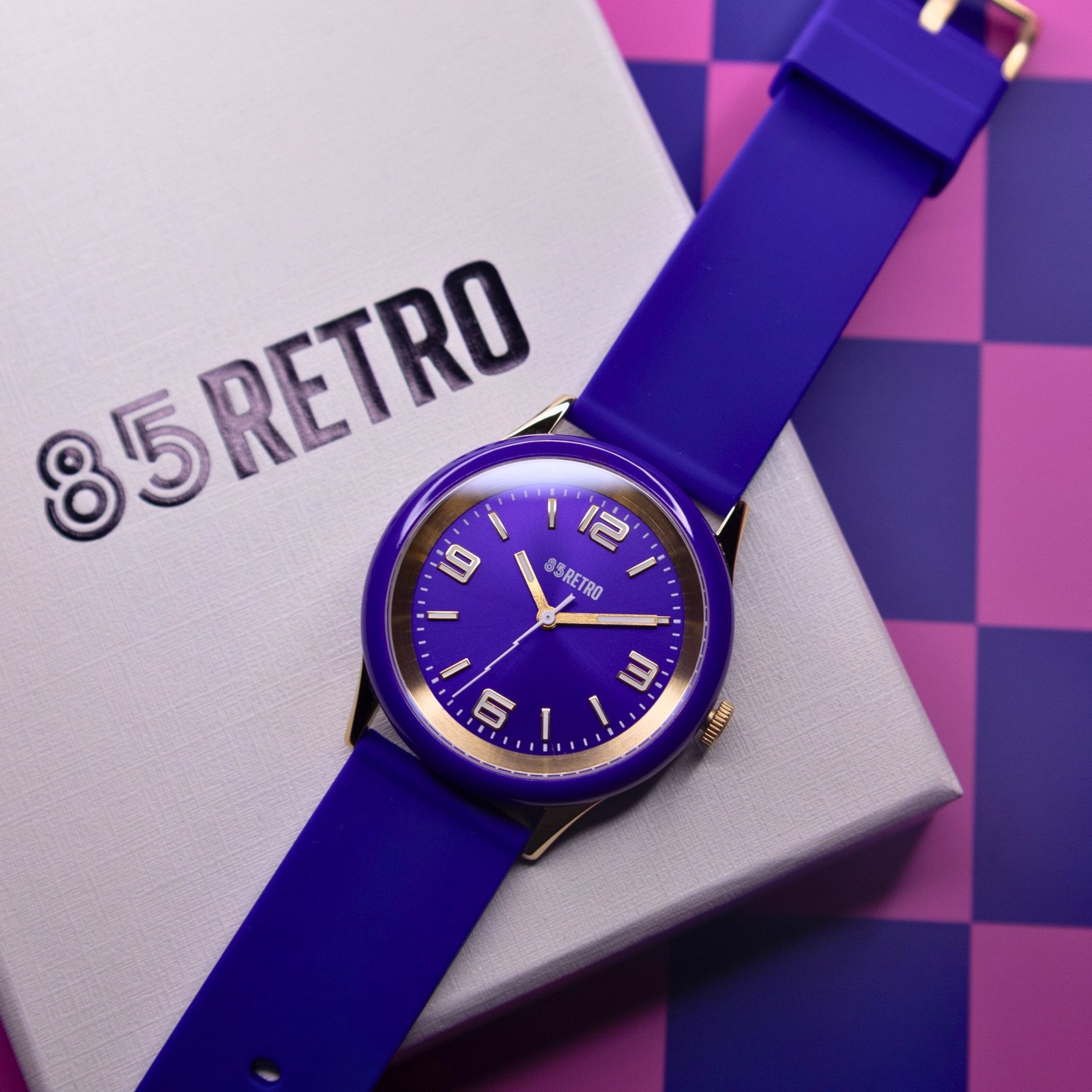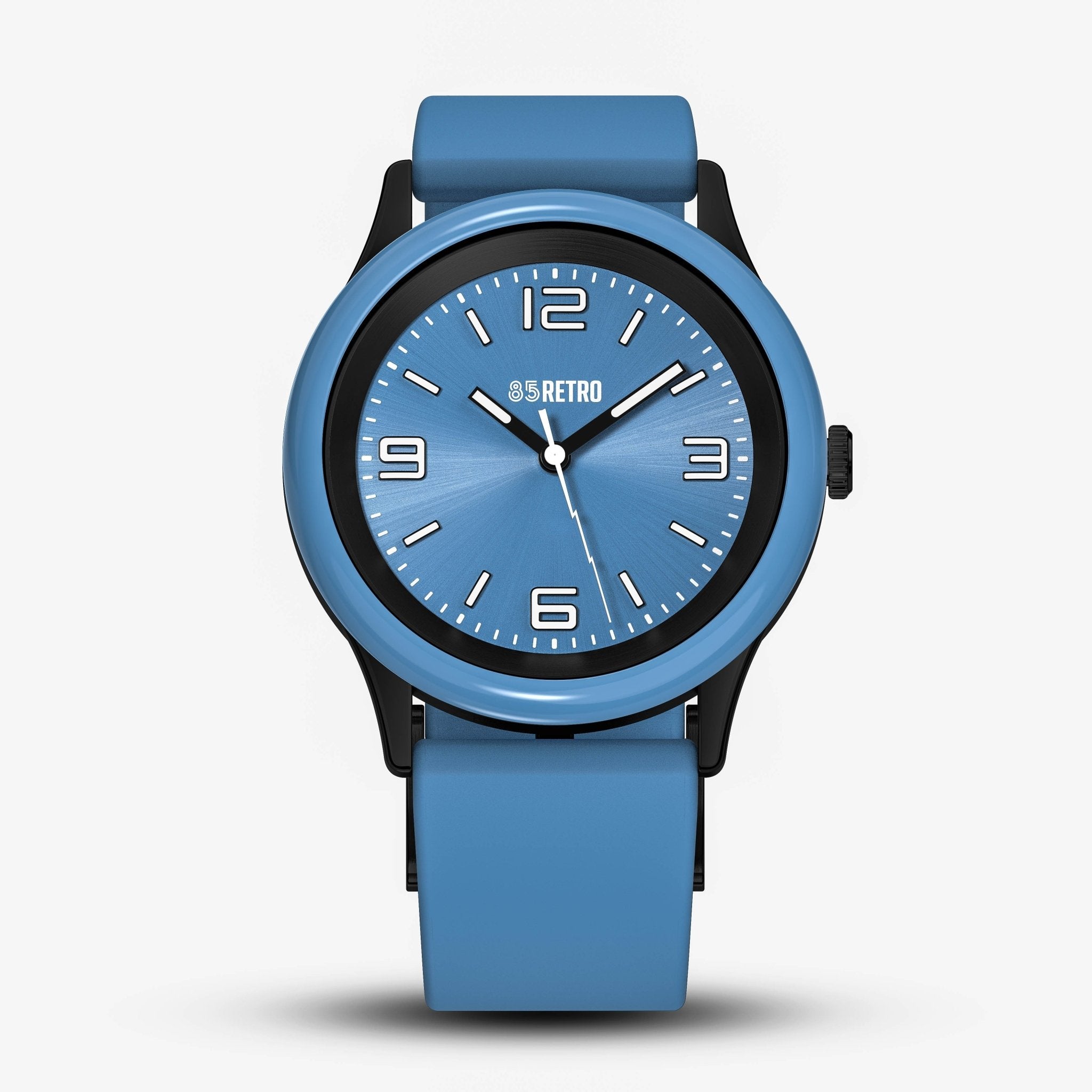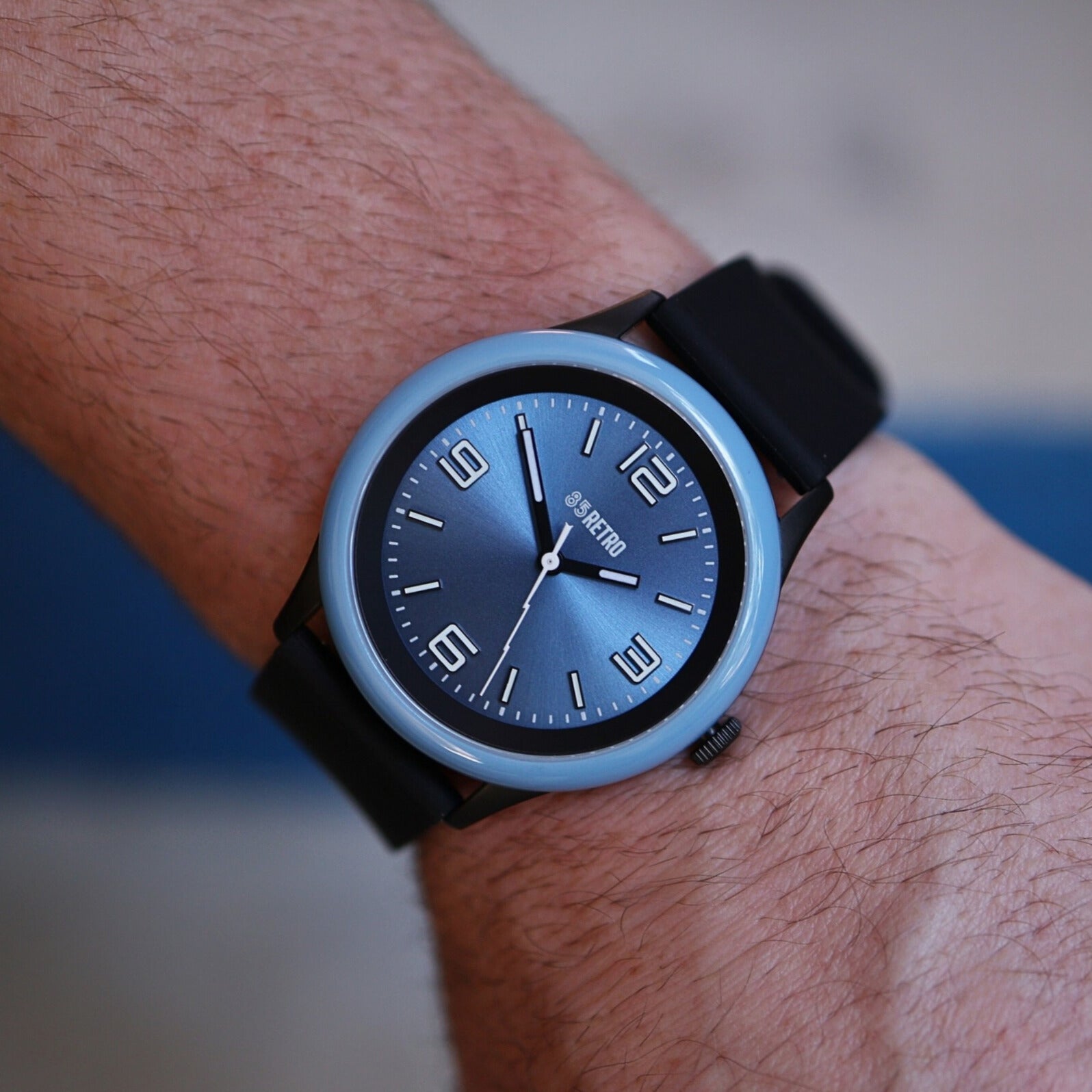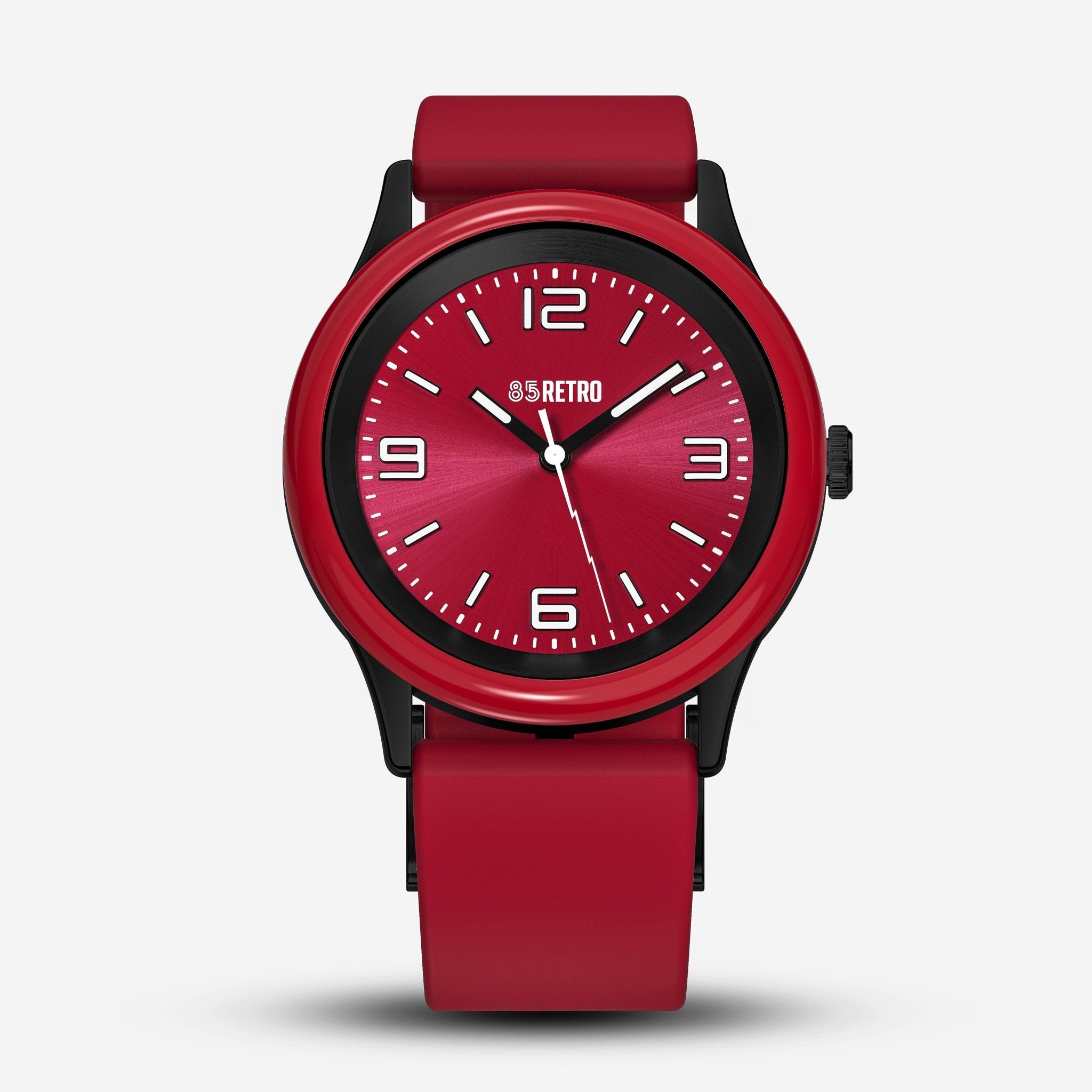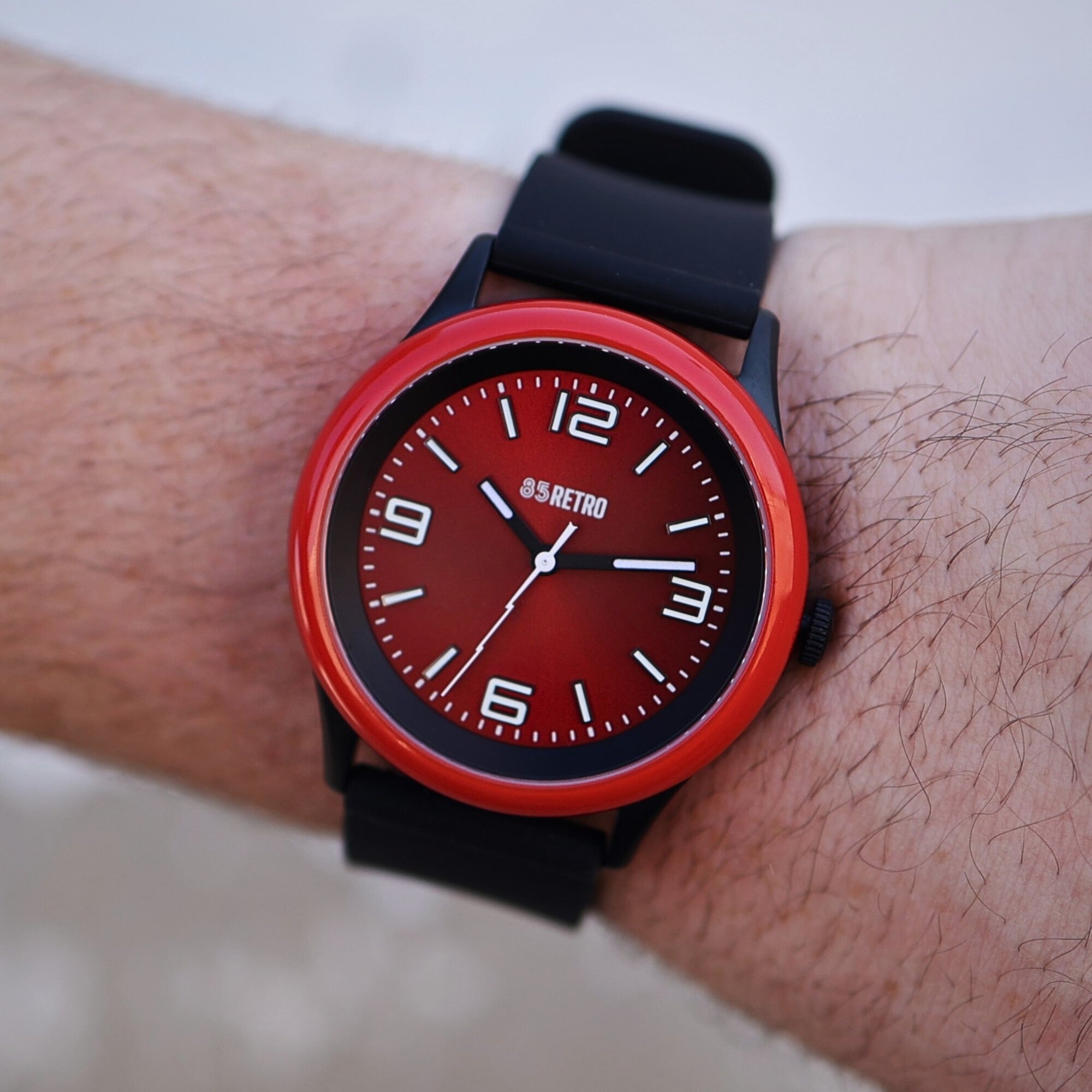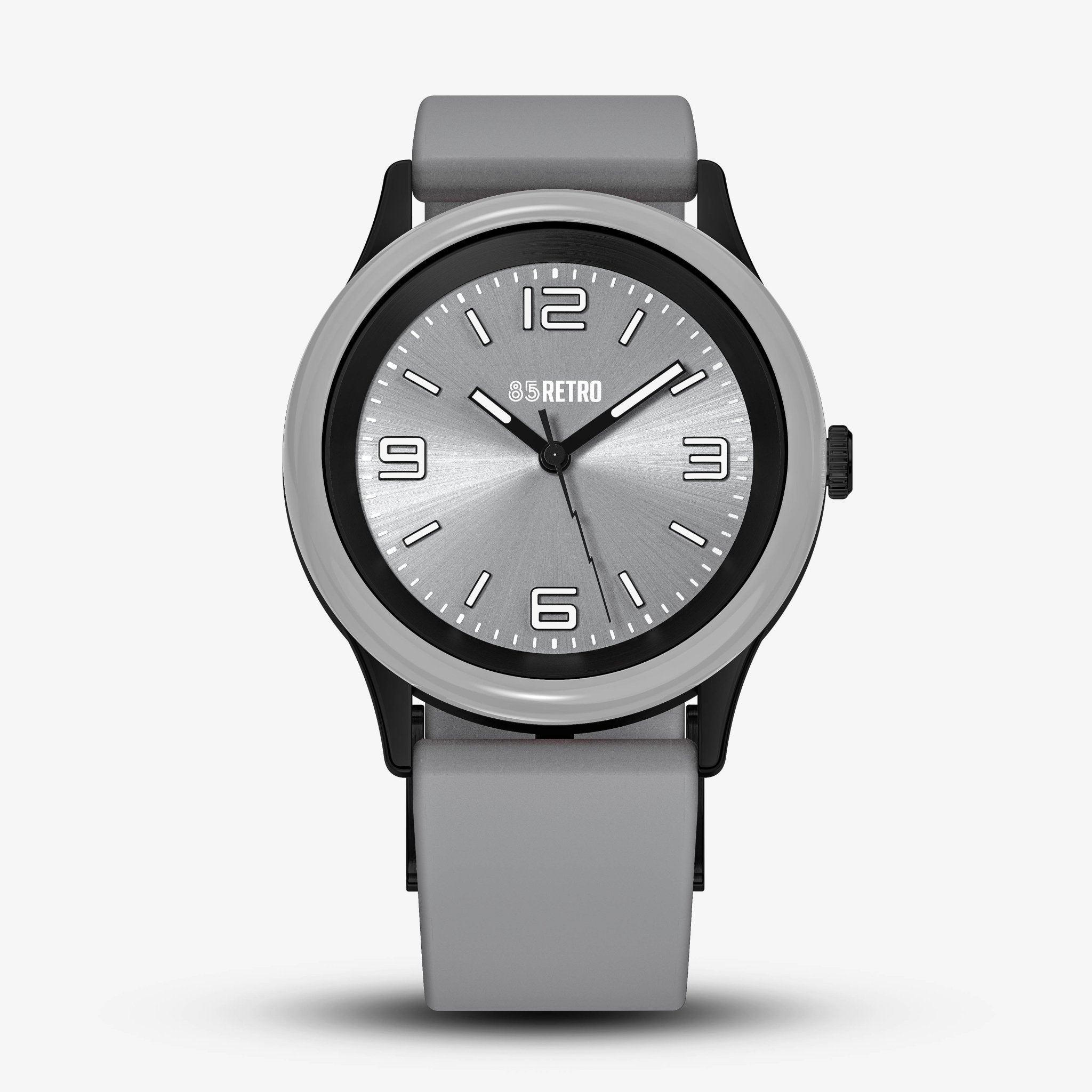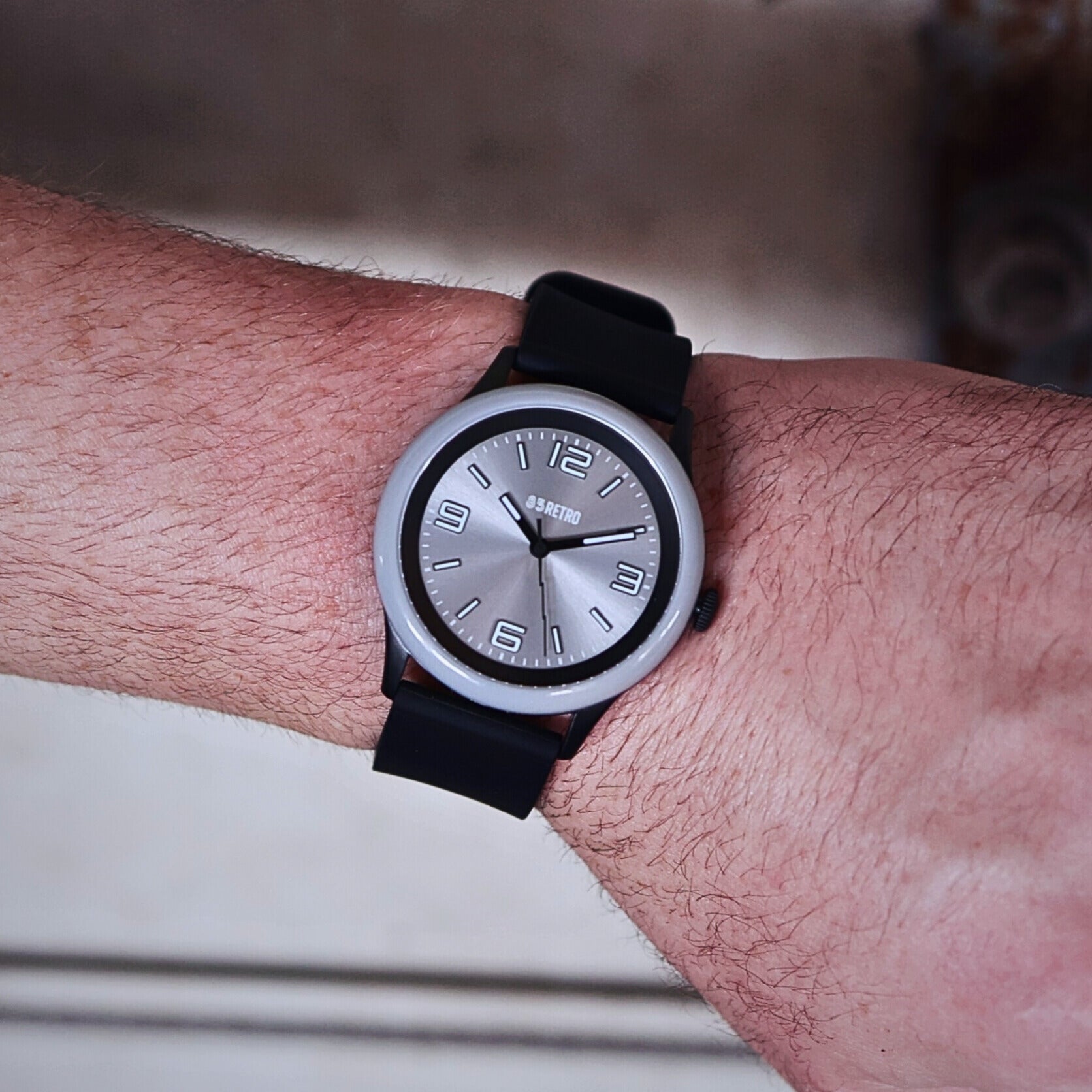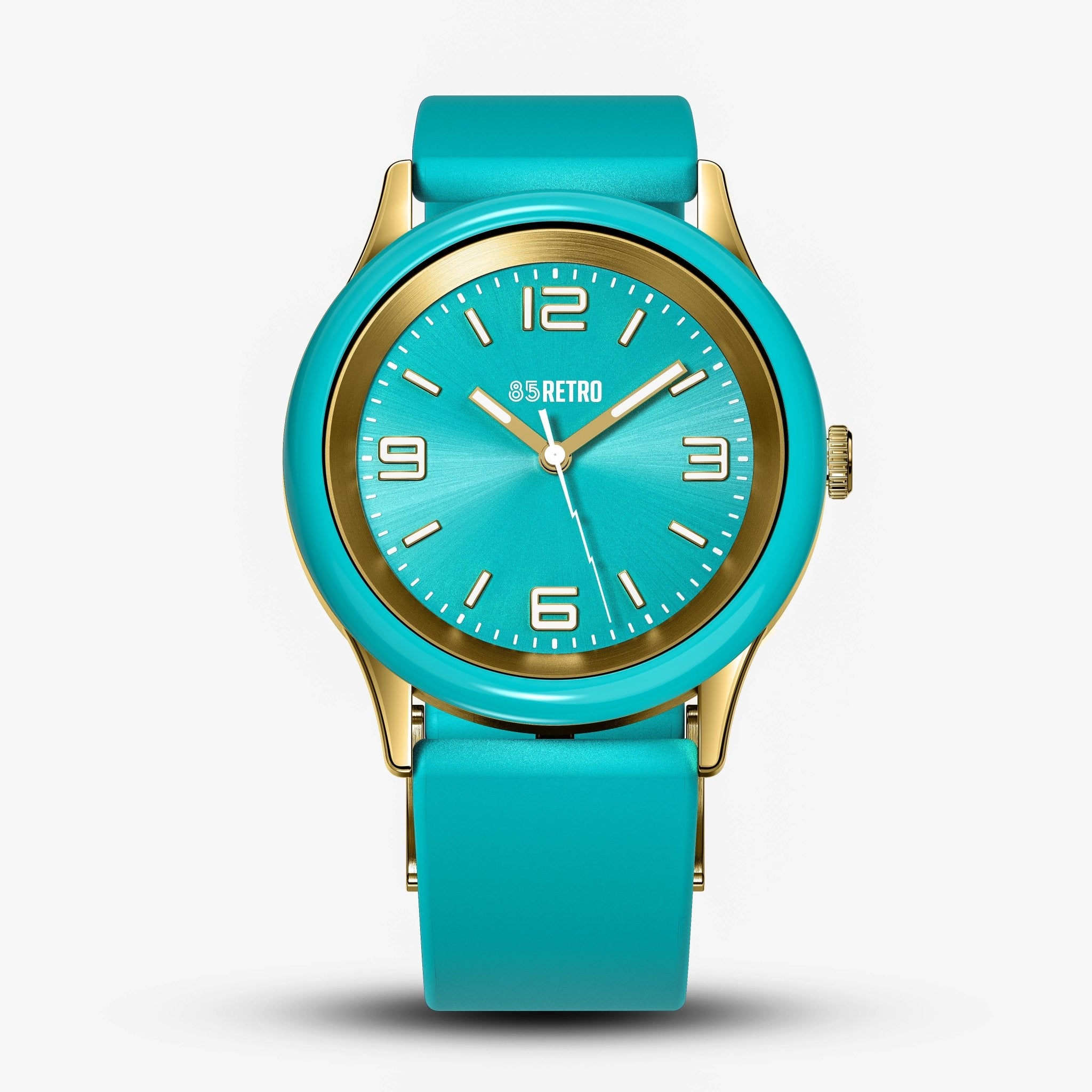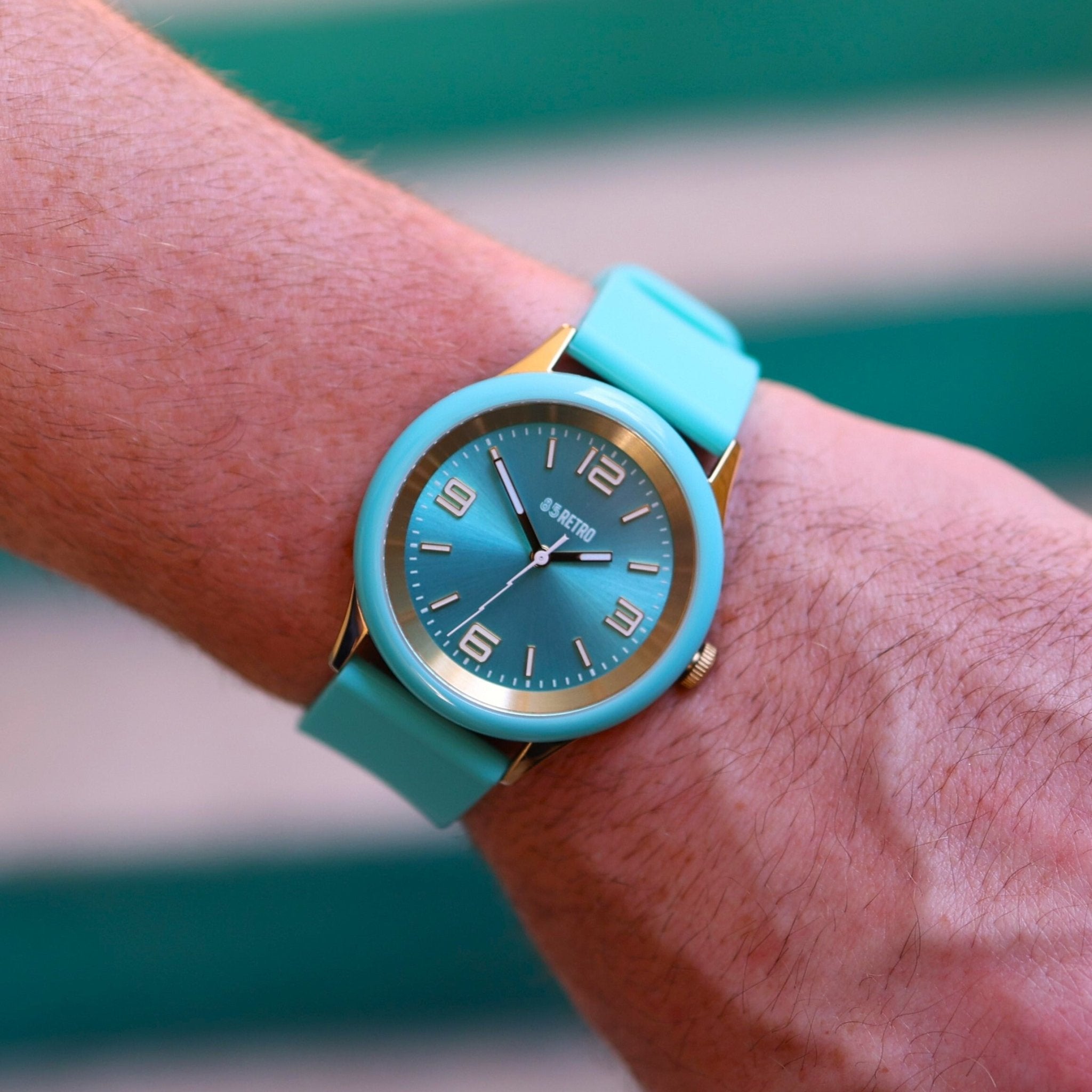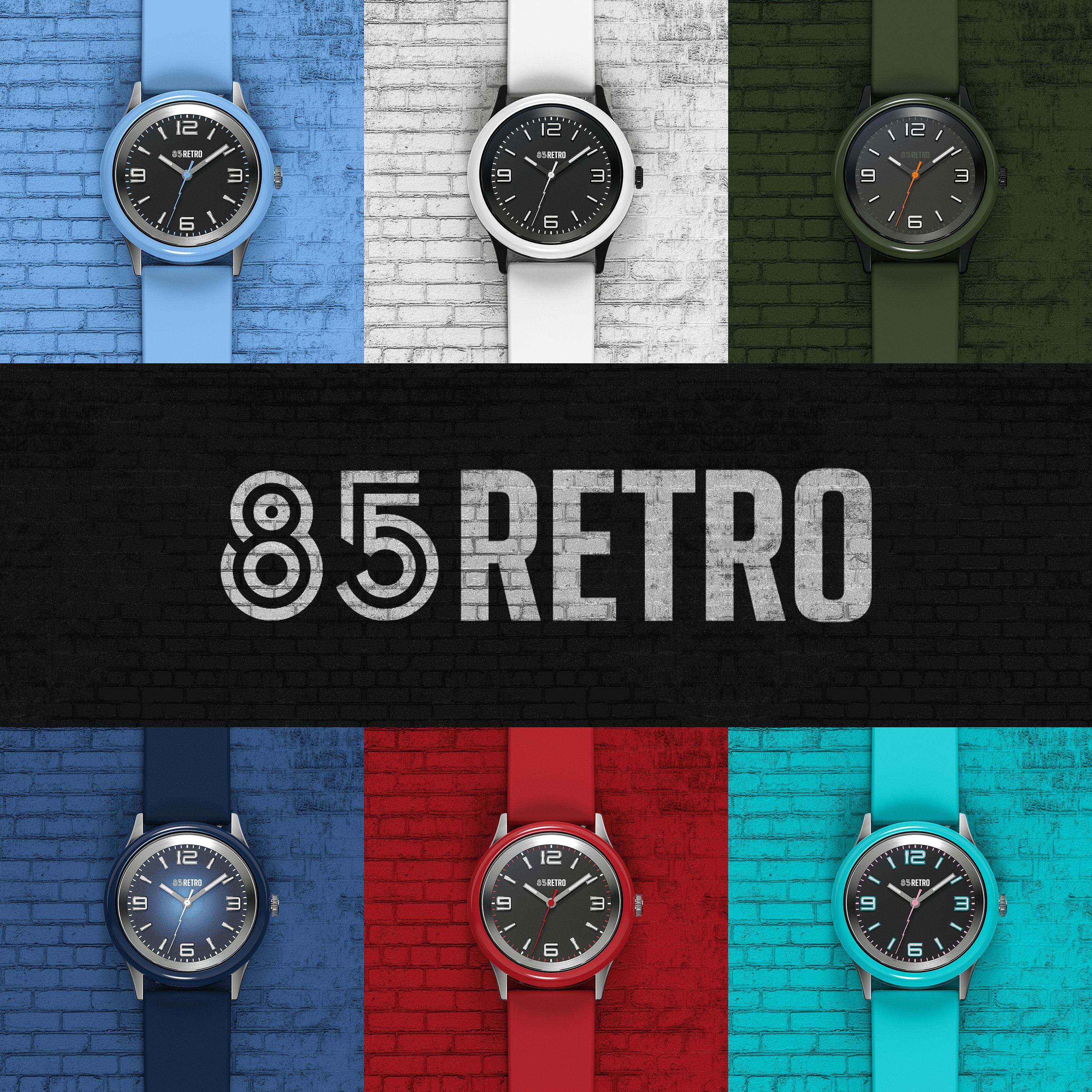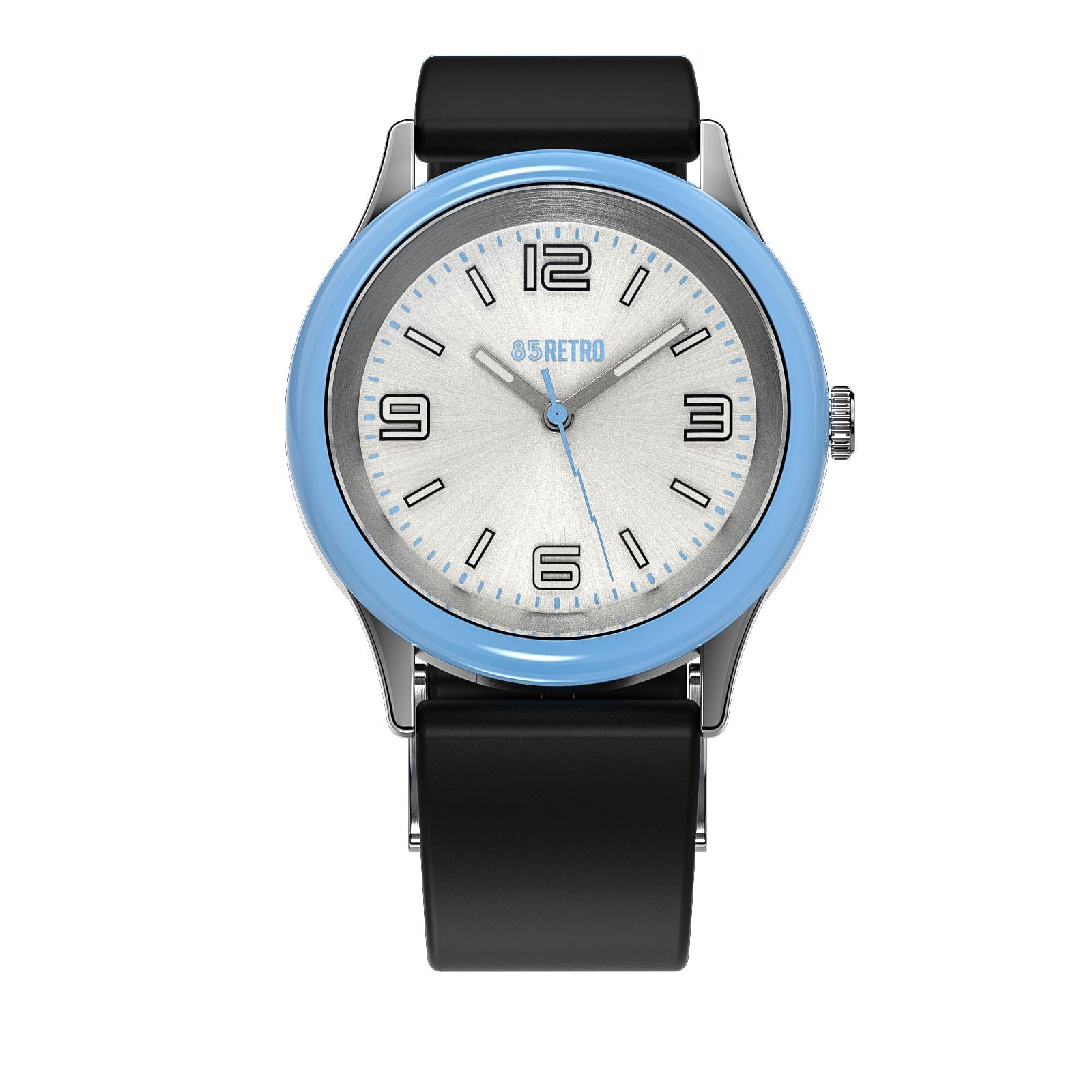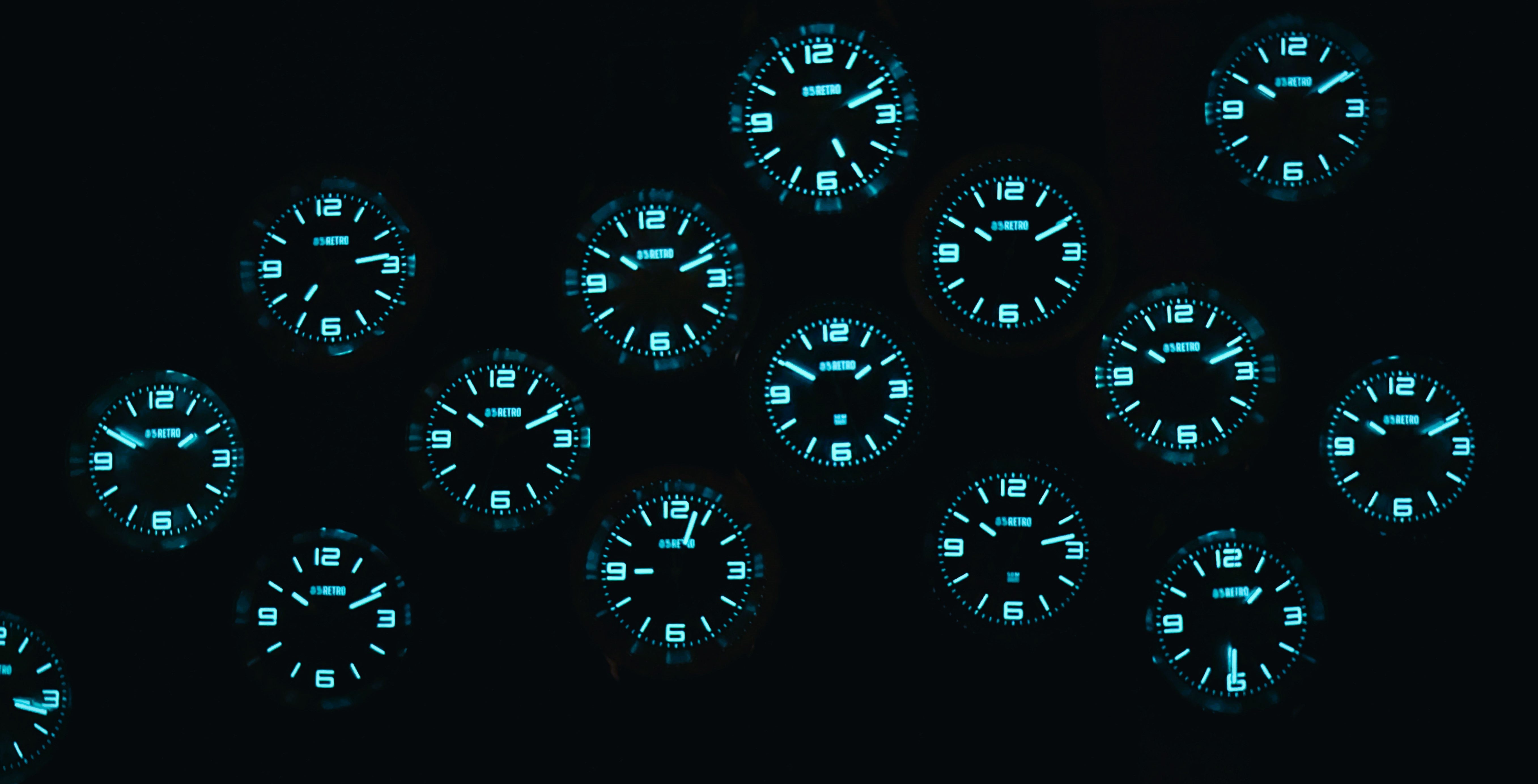Watches have been a staple of personal style and utility for centuries, evolving from pocket-sized timekeepers to sophisticated wristwatches and cutting-edge smart devices. This journey reflects a blend of craftsmanship, innovation, and fashion that continues to shape how we wear and use watches today. Let’s explore the fascinating evolution of watches—from the earliest pocket watches to the modern 85RETRO™ collection—and see how this accessory has transformed over time.
1. The Birth of Pocket Watches: A Status Symbol of Precision
The story of watches began with the pocket watch in the 16th century. These early timepieces were crafted for royalty and the wealthy, symbolizing status and technological advancement. The first pocket watches were bulky, with ornate designs and only an hour hand, reflecting the craftsmanship of the time.
Key Features of Early Pocket Watches:
- Handcrafted Movements: Early pocket watches were powered by mechanical movements, meticulously crafted by skilled watchmakers.
- Decorative Cases: Many featured elaborate engravings, precious metals, and protective covers, making them as much a piece of jewelry as a functional tool.
- Chain Attachments: Pocket watches were typically attached to a chain, allowing them to be tucked into a waistcoat or jacket pocket.
The Impact: Pocket watches set the foundation for the development of portable timekeeping, emphasizing both accuracy and aesthetics. They were often passed down through generations, becoming heirlooms that symbolized heritage and tradition.
2. The Rise of the Wristwatch: From Military Necessity to Fashion Icon
While pocket watches remained popular for centuries, the wristwatch began to gain prominence in the late 19th and early 20th centuries. Initially worn by women as decorative bracelets, wristwatches became essential for men during World War I when soldiers needed quick and convenient access to time.
Key Features of Early Wristwatches:
- Smaller, Portable Design: Wristwatches were compact and easy to wear, making them more practical than pocket watches, especially in combat situations.
- Leather Straps and Metal Cases: These materials provided durability, ensuring the watches could withstand rough conditions.
- Luminous Dials: To aid soldiers, watches began to feature luminous hands and indices, allowing for easy reading in low-light conditions.
The Impact: After the war, wristwatches became fashionable for everyday wear. They were no longer just practical tools but also expressions of personal style, leading to the growth of watchmaking brands that focused on both form and function.
3. The Quartz Revolution: Precision and Accessibility for the Masses
The 1970s saw a major shift in the watch industry with the advent of quartz movements, which revolutionized timekeeping by replacing traditional mechanical movements with battery-powered technology. Quartz watches offered unprecedented accuracy and affordability, making high-quality watches accessible to a wider audience.
Key Features of Quartz Watches:
- Battery-Powered Movement: Quartz movements use a battery and a quartz crystal to keep time, offering superior accuracy compared to mechanical watches.
- Low Maintenance: Unlike mechanical watches, quartz models require minimal upkeep, with only occasional battery changes needed.
- Affordable Production: The mass production of quartz watches made stylish, accurate timepieces available at a fraction of the cost of traditional watches.
The Impact: The quartz revolution democratized watch ownership, allowing everyone to enjoy reliable, stylish watches. This era also saw the introduction of iconic brands and designs that continue to influence the market today.
Example: The 85RETRO™ Model 1 incorporates quartz technology with the Seiko VH31 movement, providing the precision of quartz with the added elegance of a sweeping second hand, blending modern reliability with vintage appeal.
4. The Rise of Digital and Tech-Driven Watches: More Than Just Time
As technology continued to advance, digital watches emerged, offering features beyond traditional timekeeping. From LED displays in the 1980s to multifunctional digital watches, these timepieces catered to tech enthusiasts, athletes, and anyone seeking more functionality.
Key Features of Digital Watches:
- Multifunctional Displays: Digital watches offered alarms, timers, stopwatches, and more, appealing to those who wanted more than just a clock on their wrist.
- Backlighting: Digital screens could be read easily in the dark, enhancing usability.
- Sporty Aesthetic: Often designed with rugged materials, digital watches became popular for sports and outdoor activities.
The Impact: Digital watches set the stage for today’s smartwatch boom, introducing the concept of a multifunctional device that could do more than tell time. This laid the groundwork for integrating watches with modern technology, leading to today’s smartwatches.
5. The Smartwatch Era: Technology Meets Timekeeping
Smartwatches represent the latest evolution in watch technology, offering connectivity, fitness tracking, notifications, and more—all from your wrist. Combining the functions of a smartphone with the accessibility of a watch, smartwatches have redefined what a timepiece can be.
Key Features of Smartwatches:
- Connectivity: Smartwatches sync with smartphones, providing notifications, calls, and messages directly on the wrist.
- Health and Fitness Tracking: Features like heart rate monitors, step counters, and GPS tracking cater to health-conscious users.
- Customizable Faces: Digital displays allow users to change the watch face to suit their mood, activity, or outfit.
The Impact: Smartwatches have turned watches into personal assistants, enhancing daily life with technology. They bridge the gap between fashion and function, offering the ultimate in modern convenience.
6. Blending Vintage and Modern: The 85RETRO™ Collection
The 85RETRO™ collection captures the essence of this watch evolution by blending vintage-inspired designs with modern technology. Each model reflects a unique part of watch history, from the sleek and minimalist Model 1 to the multifunctional Model 2 Chronograph and the dual-time Model 3 GMT.
The Models:
- 85RETRO™ Model 1 ($239): With its retro aesthetics and Seiko VH31 quartz movement, the Model 1 offers a unique mix of vintage charm and modern precision, perfect for those who appreciate timeless style.
- 85RETRO™ Model 2 Chronograph ($339): Combining sporty chronograph functionality with bold design, the Model 2 is ideal for active lifestyles.
- 85RETRO™ Model 3 GMT ($449): The GMT function caters to travelers, offering dual time zone tracking in a stylish package.
- 85RETRO™ Model 4 Square ($269): The distinctive square case of the Model 4 brings a modern edge to any outfit, blending classic design with contemporary appeal.
Example Pairing: Combine the 85RETRO™ Model 1 with casual streetwear for a look that honors the past while staying firmly in the present.
Conclusion
The evolution of watches from pocket timekeepers to modern smart devices reflects our changing needs, technological advancements, and shifting tastes in style. Each era brought something new, from the elegance of pocket watches to the practicality of quartz and the innovation of smartwatches. The 85RETRO™ collection captures the spirit of this journey, blending the best of vintage and modern to offer timepieces that are both stylish and functional. Explore the 85RETRO™ models and find a watch that connects you to the rich history of horology while meeting your contemporary needs.



